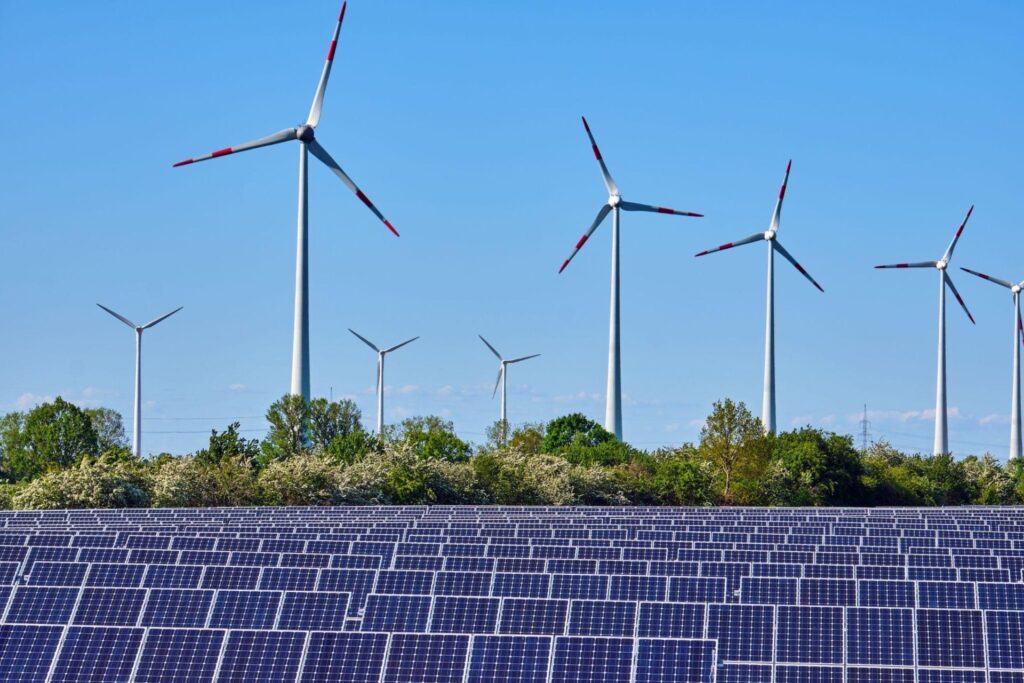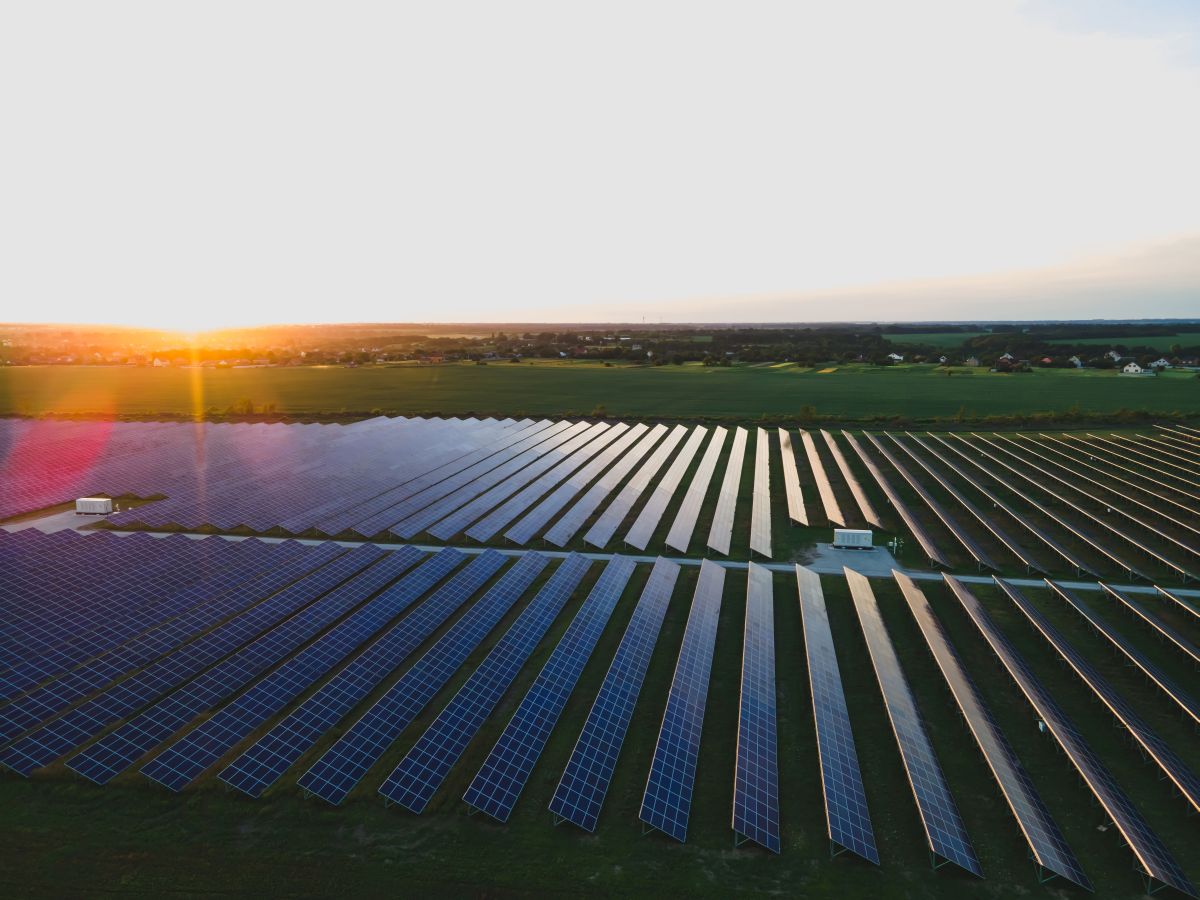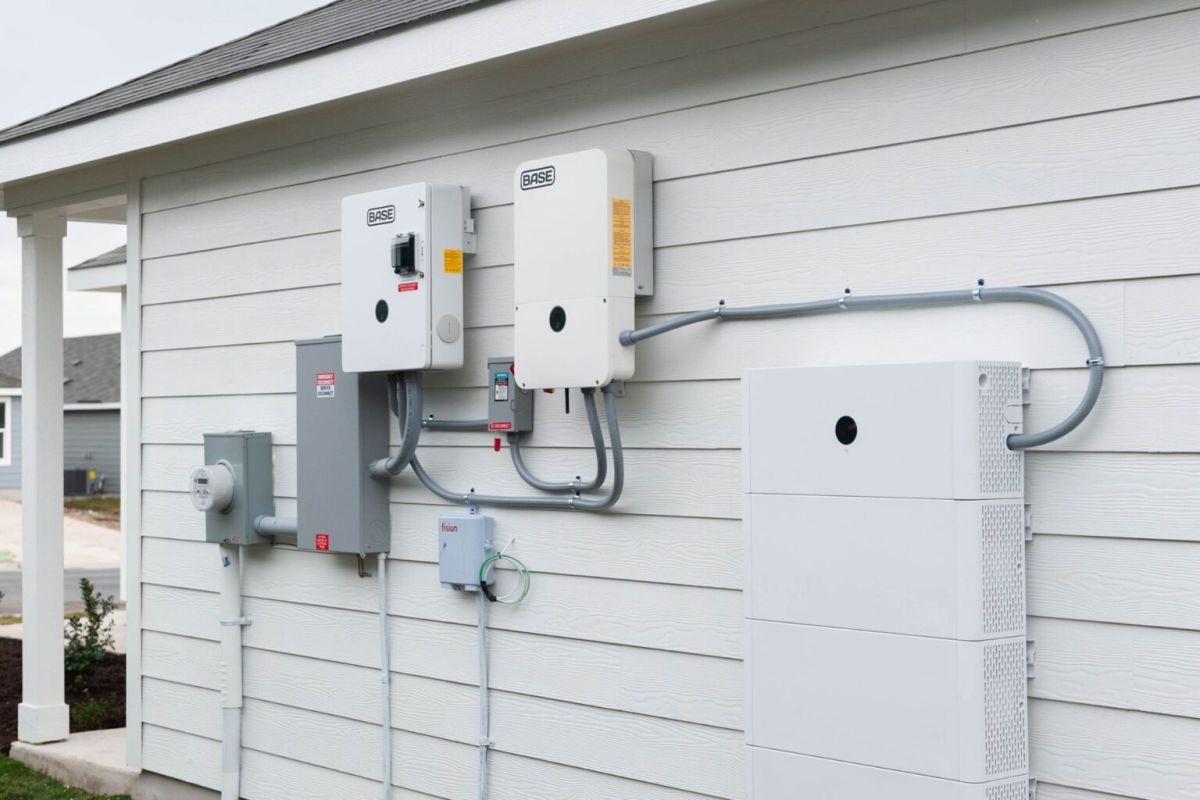WWW.SOLARQUARTER.COM
The U.S. Energy Information Administration (EIA) anticipates that the United States will generate more electricity from renewable sources and coal in the second half of 2024. This projection comes in response to rising electricity demand and higher natural gas prices, according to the EIA’s July Short-Term Energy Outlook (STEO).
The EIA forecasts that natural gas prices will be about 36% higher in the latter half of the year compared to the first half. This price increase is expected to reduce electricity generation from natural gas, the largest fuel source for U.S. electricity. Consequently, renewables and coal will need to fill the gap to meet the increased electricity demand, projected to be about 2% higher in the second half of 2024 compared to the same period in 2023.
“The increase in electricity demand paired with a decrease in natural gas generation creates a gap between the power we need and the power being produced,” said EIA Administrator Joe DeCarolis. “Utilities will look for more economical alternatives as natural gas prices rise. Given the substantial increase in renewable capacity over the past few years, we expect renewables-especially solar-to fill most of the gap in the power mix. Additionally, utilities will likely turn to coal as a less expensive fuel source for the remainder of the year.”
Electricity generation from solar is expected to increase by 42% in the second half of 2024 compared to the same period in 2023. Wind generation is forecasted to grow by 6%, hydropower by 3%, and coal by 3%.
Natural Gas Prices and Inventories
The EIA forecasts the Henry Hub natural gas spot price will average almost $2.90 per million British thermal units (MMBtu) in the second half of 2024, up from $2.10/MMBtu in the first half. Despite a mild winter reducing demand for natural gas for space heating early in the year, lower prices led to reduced natural gas-directed drilling and some production curtailments. As a result, dry production of U.S. natural gas in the latter half of 2024 is expected to remain near 104 billion cubic feet per day (Bcf/d).
At the end of June, U.S. natural gas inventories were 19% higher than the five-year average. However, due to relatively flat production in the second half of 2024 and increased seasonal demand from the electric power sector, less natural gas is expected to be injected into storage this summer. Inventories are forecasted to end the injection season in October with 6% more natural gas in storage than the five-year average.
Impact of Hurricane Beryl
Hurricane Beryl, which struck the Texas Gulf Coast-a major hub for the U.S. energy industry-on July 8, has the potential to impact energy infrastructure. The EIA completed its modeling and analysis for this report on July 3 and will continue to monitor and report on the hurricane’s effects in subsequent reports.
Notable Forecast Changes
- Electric power sector consumption from coal: Forecasted to be 688 billion kilowatthours (BkWh) in 2024 and 674 BkWh in 2025, with previous forecasts at 655 BkWh and 609 BkWh respectively.
- Electric power sector coal inventories: Forecasted at 115 million short tons in 2024 and 85 million short tons in 2025, compared to previous forecasts of 131 million short tons and 138 million short tons respectively.












